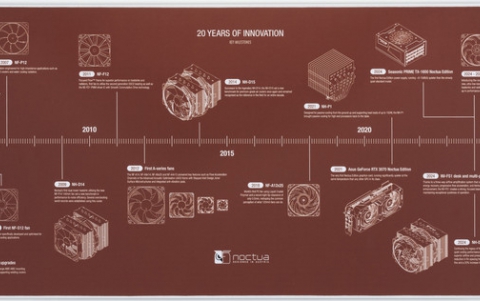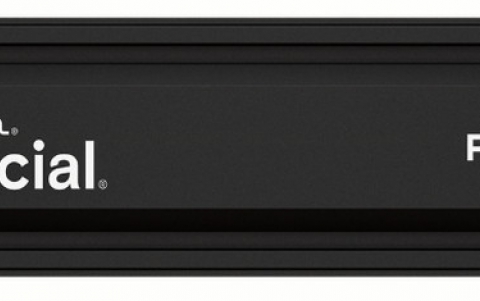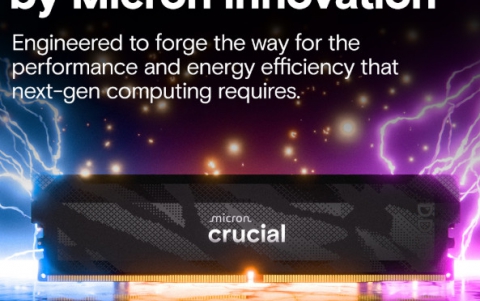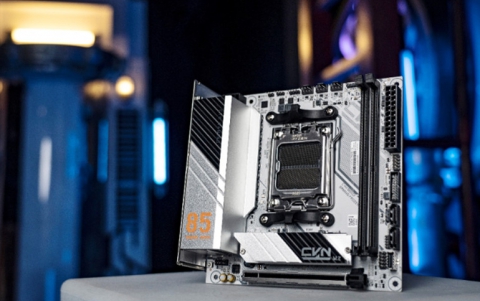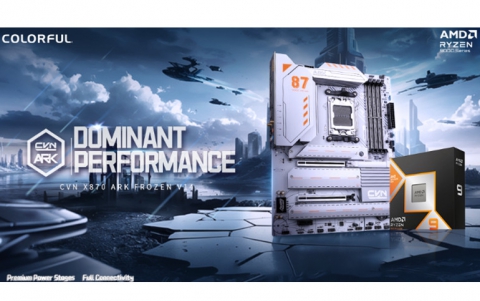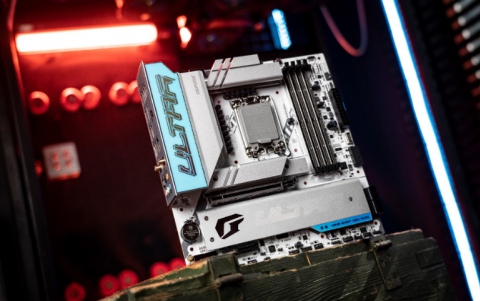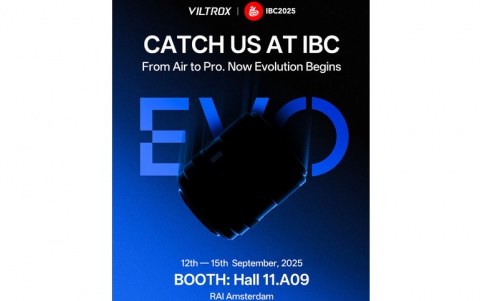SONY BW-RU101 PDD
1. Introduction
SONY BW-RU101 PDD - Page 1
- Introduction
![]() There
has been an increased need for more storage capacity over the last
few years, where we have seen hard disks for example, progress
from a meagre 2GB to over 250GB in less than a decade. This need has also overflowed
into
the
world of DVD recording, which has very quickly evolved
from
single
layer
(4.7GB),
to
double
layer recording
(8.5GB)
and now onto the more recently introduced
blue-laser technologies of the Blu-Ray and HD-DVD recording formats, which
promise even higher storage capacities, up to 25~30GB and more. Blue-laser
technology
is
already
available and more specifically, from SONY
with their BW-RU101 drive where users can store up to 23.3GB of data on a
single layer
disc. In this review, we present
SONY's PDD (ProData) format and we examine the performance of the drive under
real life tests.
There
has been an increased need for more storage capacity over the last
few years, where we have seen hard disks for example, progress
from a meagre 2GB to over 250GB in less than a decade. This need has also overflowed
into
the
world of DVD recording, which has very quickly evolved
from
single
layer
(4.7GB),
to
double
layer recording
(8.5GB)
and now onto the more recently introduced
blue-laser technologies of the Blu-Ray and HD-DVD recording formats, which
promise even higher storage capacities, up to 25~30GB and more. Blue-laser
technology
is
already
available and more specifically, from SONY
with their BW-RU101 drive where users can store up to 23.3GB of data on a
single layer
disc. In this review, we present
SONY's PDD (ProData) format and we examine the performance of the drive under
real life tests.
- The Format
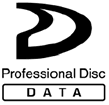 Sony
is among the first companies to use blue-laser technology on an
optical storage drive. The format was announced back in August of 2003, with
the main feature of providing 23.3GB of storage capacity on just one single-sided
media
and
with data transfer rates as high as 11 MB/sec!
Sony
is among the first companies to use blue-laser technology on an
optical storage drive. The format was announced back in August of 2003, with
the main feature of providing 23.3GB of storage capacity on just one single-sided
media
and
with data transfer rates as high as 11 MB/sec!
Sony's blue laser technology roadmap, extends three generations, with the aim of doubling capacity and performance from one generation to the next.

The second generation technology is expected to feature 50GB product capacity on a single sided double layer disc with a transfer rate of 18 MB/sec (144 Mbps) to be available around end of 2005, and a 100GB product (multi-layer media and improvements in encoding and/or signal processing) with a transfer rate of 36 MB/sec (288 Mbps), currently planned for release by 2007.
Despite the fact that blue lasers are being used, the format is NOT Blu-ray or compatible with Blu-ray. SONY has developed the PDD format for professional applications and transfer rates higher than the Blu-ray Disc technology can accommodate. SONY's PDD format hasn't achieved any format standardization from ECMA, ISO or any other format standardization organization. The format uses Reed-Solomon error correction with error rates less than 10^-21, while MO drives have an error rate of 10^-12.
![]() Sony’s new drive and media cartridge are designed to be impervious to dust and other air-born contaminants, resulting in ultimate reliability and durability. As SONY describes "...After the media is inserted into the drive, the front shutter closes completely and the airtight structure of the drive prevents dust particles from getting in contact with the drive mechanism, optical pickup, and media surface. Plus, an internal automatic lens cleaning feature enhances the effect of dust protection. The media itself offers further advantages such as an anti-static cartridge and hard coating media surface protection..."
Sony’s new drive and media cartridge are designed to be impervious to dust and other air-born contaminants, resulting in ultimate reliability and durability. As SONY describes "...After the media is inserted into the drive, the front shutter closes completely and the airtight structure of the drive prevents dust particles from getting in contact with the drive mechanism, optical pickup, and media surface. Plus, an internal automatic lens cleaning feature enhances the effect of dust protection. The media itself offers further advantages such as an anti-static cartridge and hard coating media surface protection..."
SONY claims that the data integrity rating of the media is more than 30 years for both the rewritable and write-once formats. Sony's blue laser recording technology allows higher density recording onto a 120mm disc than current optical MO, CD and DVD discs that use red laser technology.









